A Cord Cutting Anniversary
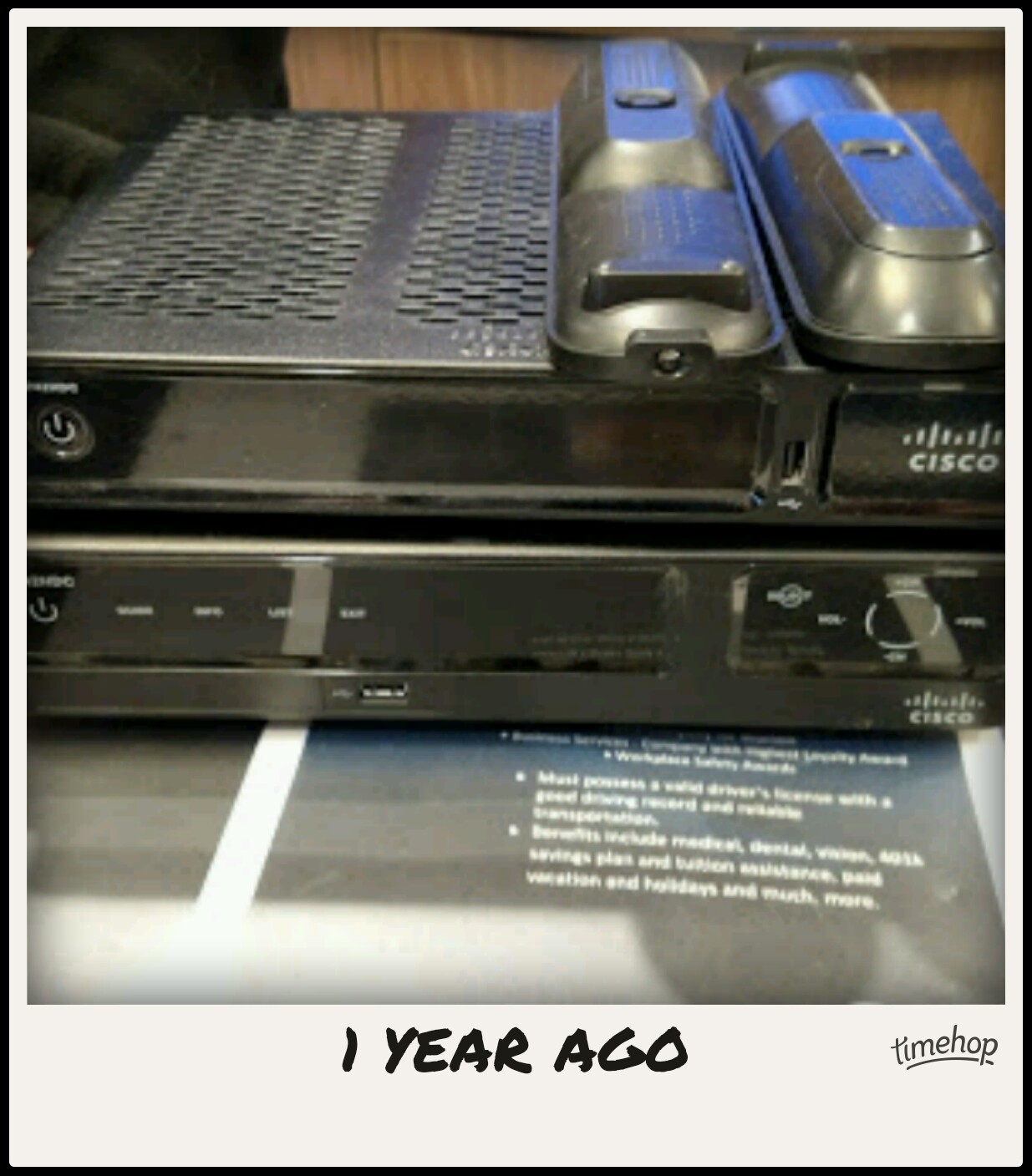
A year ago, we made a very momentous move. We disconnected our cable boxes, returned them to Time Warner Cable, and cancelled our cable TV service. By doing so, we joined the growing ranks of people who – fed up with the ever-rising cost of cable TV – have decided to cut the cord.
So how has this year of no cable been?
I barely miss cable anymore. For some events – for example, the MythBusters finale or the Presidential debates – it would be nice to watch it as it happens. In the latter case, though, there are often streaming alternatives. In the former case, I’ve found that I can wait until they arrive on streaming.
B has adjusted well also. She’s viewing some old TV series that she missed the first time around. Her big worry was that she liked using the TV as background noise while she slept. Nick At Night was our go to channel for this, but we obviously don’t get that anymore. Luckily, our antenna picks up some a station called “Laff” that broadcasts old comedy shows at night. I’ve come into bed after B has fallen asleep only to see Abbot and Costello on the TV.
My oldest son, NHL, has adjusted nicely. He’s completely fine with watching various series on Hulu or Netflix. His latest addiction is The Batman – which recently came on Netflix and which I introduced him to. He also likes devoting his attention to video games so he has less of a need for alternative video entertainment.
JSL, on the other hand, never lets a moment pass to complain about the lack of cable TV. He’s sad that his friends get to watch various TV shows as they air while we often need to wait until the series is over. To counter this, I plan on buying the complete seasons of one or two of his TV shows from Amazon VOD or Google Play. Even with this additional purchase, we’ll still come out far ahead.
So how much did we save? After all, the main purpose of cord cutting is to save money. Well, even after deducting some hardware purchases, a Hulu subscription, and some VOD/DVD buys, we still saved over $660 last year. Not too shabby. We might even buy a new HD TV to replace an aging standard definition set using our savings. As the cost of cable rises, we’ll only save more.
What about the downsides? Surely cutting cable isn’t all fun times streaming, right? No, it hasn’t. There have been some challenges and setbacks along the way.
First of all, we lost our DVR when we cut cable. This means that any broadcast show we want to watch, we need to either watch live or catch on Hulu. For most shows, this isn’t a problem, but CBS shows don’t go to Hulu. They go to CBS’s own streaming service: CBS All Access. We tried this service and were underwhelmed. It got cancelled after the free trial period was up. I’m looking into building my own DVR with a HD HomeRun tuner and a laptop, but that’s been slow going. So for now, we’re missing a few shows we’d like to watch.
Another downside has been increased reliance on Time Warner Cable’s Internet service. We only get the standard Internet service from TWC. In our area, that’s 15Mbps down and 1Mbps up. Lately, however, we’ve had nights where the speeds slow to a crawl and streaming refuses to work. TWC initially blamed our wireless network, but a technician they sent confirmed that our network is running fine. Still, though, TWC insists that nothing is wrong with their lines even when our upload speeds drop to 100Kbps. If we had an alternative ISP in our area (e.g. FIOS or Google Fiber), we’d jump to them. Unfortunately, though, TWC is the only wired, high speed ISP in the area. Like it or not, we’re stuck with them and they know it.
Overall, though, cutting cable has been great. I’m actually watching more TV now than with cable TV. The difference is that I’m choosing which shows to watch, when, and I’m watching them either ad free or with greatly reduced commercial breaks. I’d definitely recommend that everyone at least explore the cable cutting option. (My Cable Cutting Guide could help.) Nowadays, cable TV isn’t the only game in town and you can save quite a bit of money by cutting the cord.

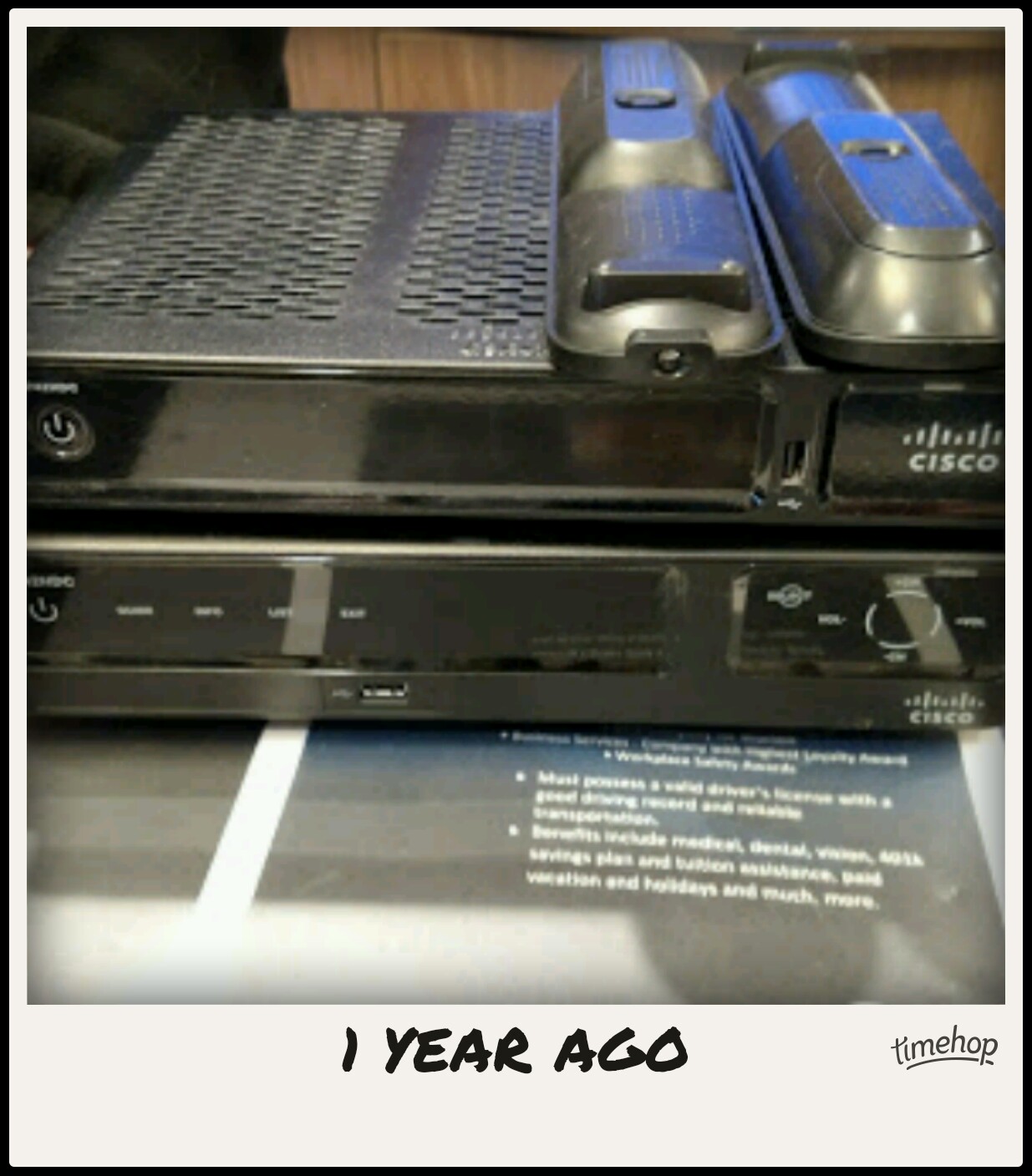
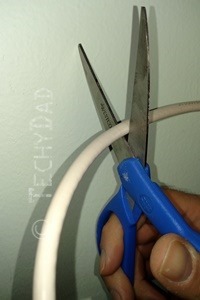 Cord cutting is on the rise, but is it inevitable? As much as I’d love to shout out "Yes it is! The big cable companies are going down!!!", I don’t think it is. In fact, I envision three different scenarios playing out in the future.
Cord cutting is on the rise, but is it inevitable? As much as I’d love to shout out "Yes it is! The big cable companies are going down!!!", I don’t think it is. In fact, I envision three different scenarios playing out in the future.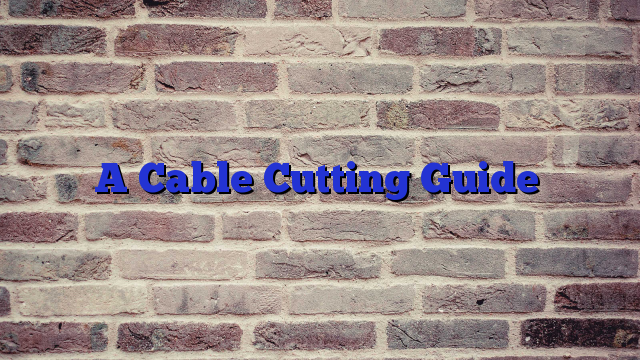

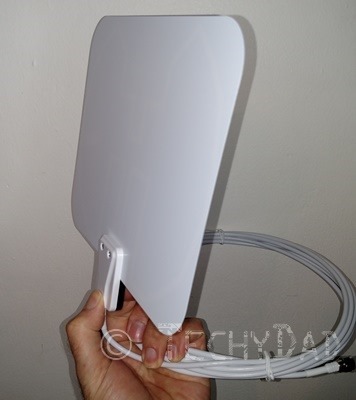 We also ordered an antenna which I quickly hooked up. Now, we’re getting an assortment of local stations in HD. Luckily, the area we live in has plenty of stations to choose from. Your mileage may vary if you try this where you live, so check
We also ordered an antenna which I quickly hooked up. Now, we’re getting an assortment of local stations in HD. Luckily, the area we live in has plenty of stations to choose from. Your mileage may vary if you try this where you live, so check